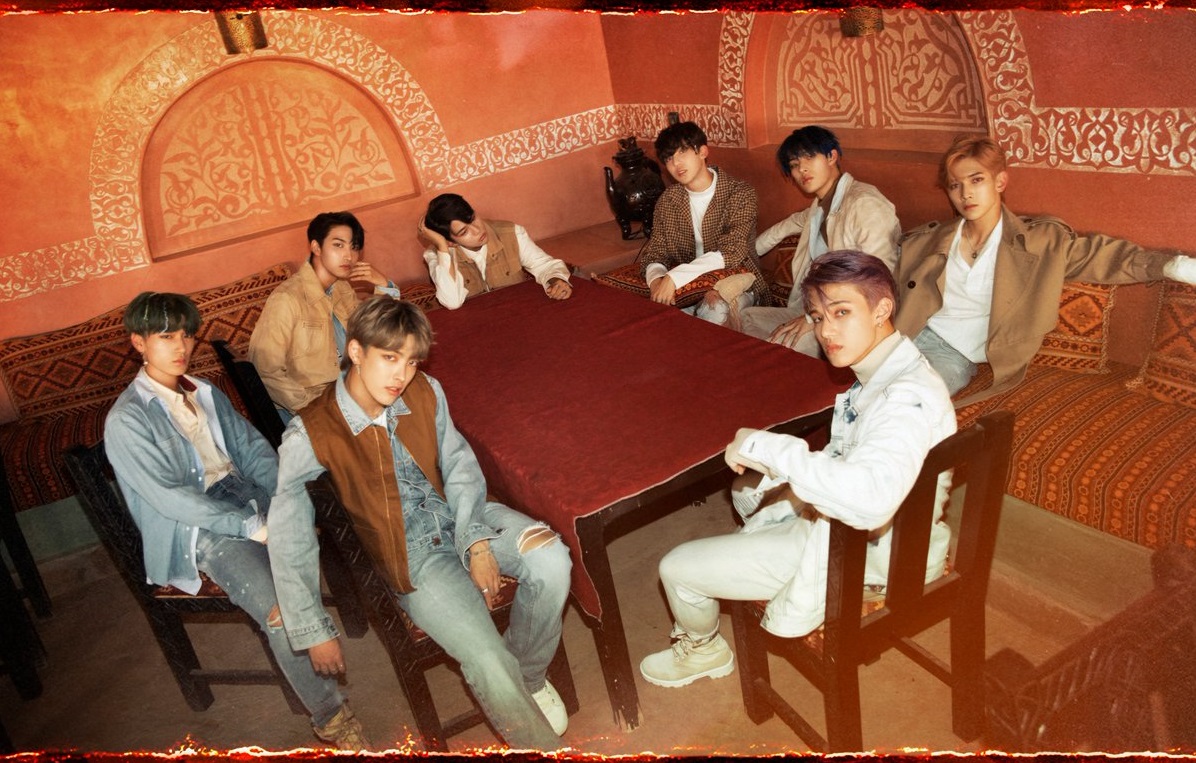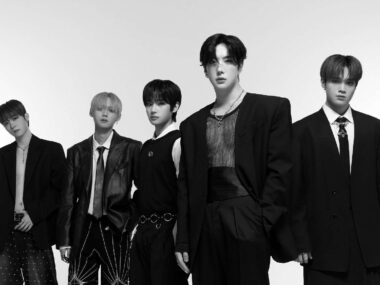Imagine dropping $40 on the vinyl of your favorite artist’s brand-new album. You carefully slit the shrink wrap, and drop the needle only to find you got maybe half the album. That’s what happened to fans who bought the first pressing of The Weeknd’s Hurry Up Tomorrow. The digital version has twenty-two tracks, yet the vinyl version only had eleven.
This is only one example though. Recent high-profile vinyl releases from artists like Lil Wayne (Tha Carter VI) and Beyoncé (Cowboy Carter) have shown a similar pattern. Large digital tracklists yet only a third or one half of the album is available for the physical release.
Why It Happens
There are a few reasons labels and artists keep doing this, and they’re not flattering.
Physical Limits: Vinyl isn’t infinite. A standard LP can hold only about 22–25 minutes per side before audio quality starts to tank. Long albums require double or triple LP sets. More vinyl, more packaging, more cost. If they don’t want to foot the bill, songs get cut.
Time Pressures: Vinyl production takes 10–12 weeks. Digital releases can go live overnight. In the streaming era, labels often lock release dates before the album is even finished. This means vinyl masters are pressed early, sometimes before half the songs are done. That’s how you end up with physical editions that feel like a time capsule from mid-production.
Marketing Tactics: Sometimes it’s not just about space. Exclusive or bonus tracks can make physical editions feel like collectibles. For superfans, “never-before-heard” can be as tempting as “complete.”
The Transparency Problem
Here’s the real kicker: fans usually don’t find out about missing songs until after they’ve paid. Online store listings don’t always show full tracklists, and if they do, they’re often buried in the fine print. For Hurry Up Tomorrow, Target buyers were shocked to find their vinyl included two mystery tracks (Runaway and Society) but lacked half the main album.
Even CDs aren’t immune. Despite having more storage capacity than vinyl, some recent CD releases have shortened tracklists too. The issue isn’t just physical limits, but the priorities of the industry.
The Idea of What an “Album” is Has Changed
All of this ties into a bigger change. The definition of an “album” is no longer fixed. We have standard, deluxe, streaming-only, vinyl-exclusive. Don’t get me started on artists who are updating the album post-release by adding and removing tracks. There may never be a single “official” tracklist. That makes physical collectors’ frustration even sharper. How do you “own” the album if half of it isn’t there?
The Fan Dilemma
The truth is, labels get away with it because they can. Most fans will keep streaming, buying merch, and showing up at concerts, even if they swear off vinyl. Unless listeners collectively push back by demanding transparency before buying, this cycle won’t break.
Vinyl sales are booming, but incomplete albums erode trust. If physical formats are going to survive this resurgence, the industry has to stop treating them like second-tier editions and start selling them as what they should be: the definitive, playable art form they once were.






